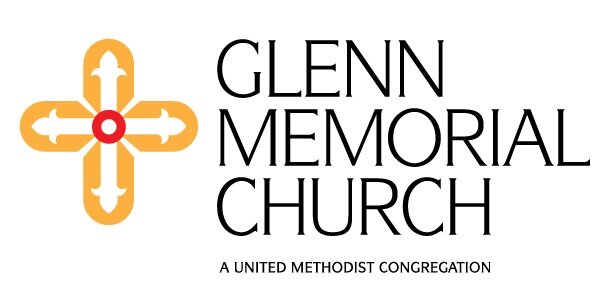They were everywhere.
On my trip to Israel last month, I saw in eight days more sights than I thought one could cover in a month. From Jericho to Jerusalem, Megiddo to Magdala, Nazareth to Nablus, and just about everywhere in between, there was no shortage of holy and historical sights to take in as we traveled by bus throughout the region. It was a wonderful, enlightening time for me and the rest of the group from the North Georgia Conference of the United Methodist Church. One funny thing I noticed as we moved from one sight to another was that there was one thing all of these places had in common:
Gift shops and street merchants.
Yes, the overwhelming common denominator between these sacred sights was that each had a store selling you “authentic” Holy Land goods and people outside of the sight hawking paraphernalia related to your trip. The sound of these vendors still rings in my ear: “6 scarves for $20 dollars (they always took US currency)”, or “beautiful olive wood necklaces for your special lady” or “I will make a deal for you!” Some were nice, took rejection pretty well, and even cracked jokes with the group. Others were pushy and rude, with some even stepping onto our bus, uninvited, in hopes of gaining one last sale before we drove away. In Nablus there were even small children waiting outside the bus to sell us inexpensive olive oil soap when we returned from Jacob’s Well. Even on the most remote part of the trip, a hike along the Wadi Qelt in the wilderness from Jerusalem to Jericho, there were still people waiting at the end of the hike to sell us fresh squeezed pomegranate juice and mass-produced hats that said “Jerusalem” on them to keep our heads warm.
At first this was quite annoying. I believed we were here to experience these sacred sights and have a deep religious experience, and all of the commercialism and consumerism was totally killing my vibe! I started to become indignant that these vendors would interrupt my holy moments by convincing me to buy cheap goods. This dichotomy - the desire for reverence pushing up against the realness of life - was not what I expected and reached it’s zenith in Jerusalem. We traveled into the Old City to walk the Via Dolarosa, the path Jesus walked during the crucifixion. I anticipated a quiet, holy moment as we silently traversed the steps of Jesus. What I wasn’t prepared for was that the Via Dolarosa moves through a bustling city market, a street lined with shops and vendors calling out to you with every step that you take.
A market in Jerusalem.
As we walked down this path I began to see things a little differently; I was struck by the sacredness of that vibrant market. I realized that even as Jesus walked this path 2,000 years ago there would have been vendors and merchants, people going about their daily life, not realizing the magnitude of what was happening around them.
During Lent we are often encouraged to find time to reflect and to withdraw in order to pray, read scripture, and meditate. These are noble goals, and even Jesus set the example in his ministry of taking the time to be alone, to commune with God in stillness and quiet. But the truth is that most of our life happens in the chaos. Work, school, kids, friends, bills and a host of other responsibilities take up a majority of our time. It is easy to get caught up in the day-to-day and not look for the ways in which God is present in each and every moment. The vendors, gift shops, and markets, I realized, did not take away from the sacredness of those sites. Instead, they added a gritty, real dimension to them, bringing them back into the real world and reminding me that God is not just in the set-apart moments, but there in the midst of everyday life.
We believe that God is in our midst in the times of quiet reverence, but also in times of chaos. I came back from that trip with many memories and things to ponder, but one that has stuck out is my desire to look for the presence of God each day. I want to remember that all of life is God’s, and therefore all of life is sacred…street vendors and all.
Brent Huckaby
Brent hiking the Wadi Qelt.


